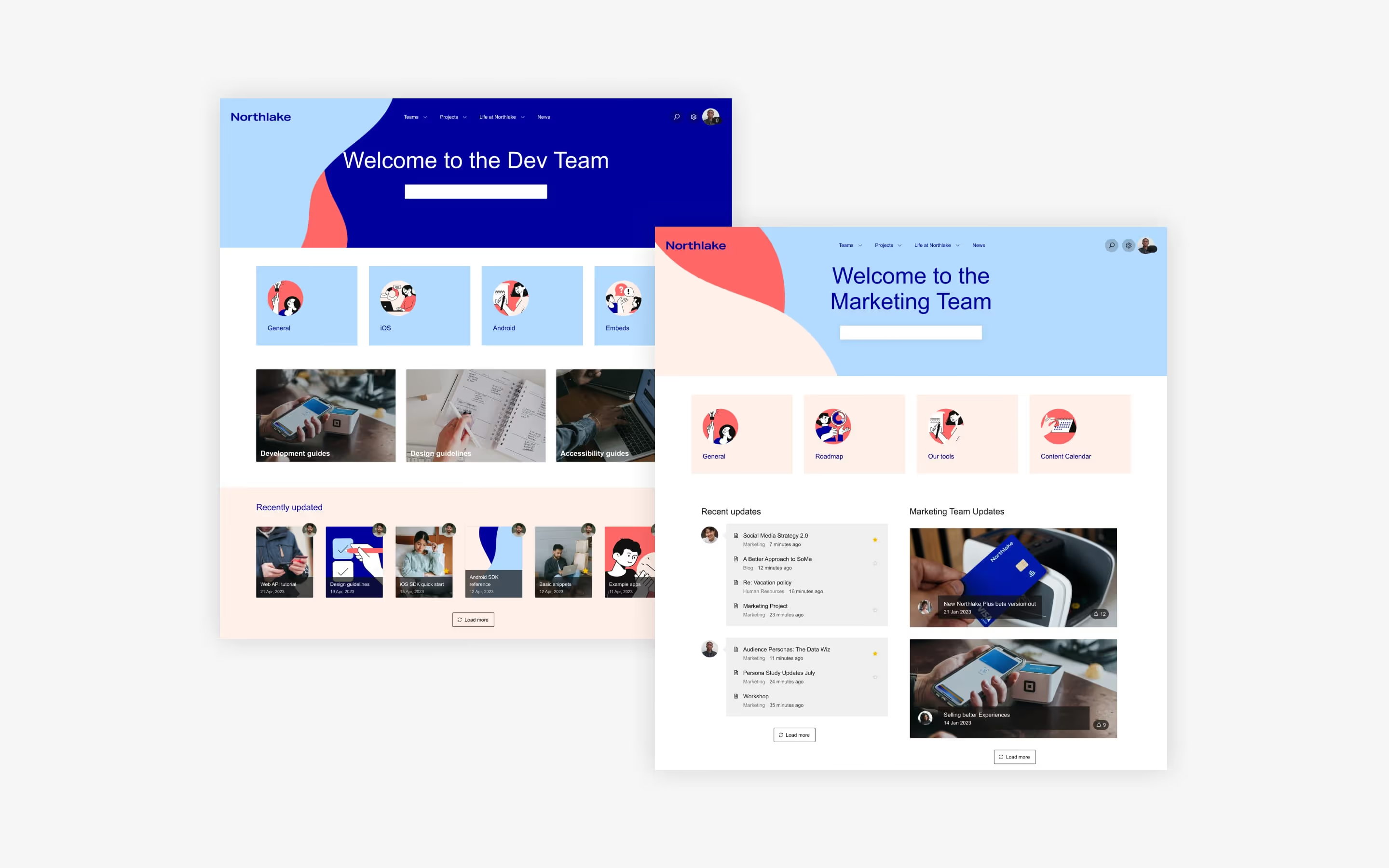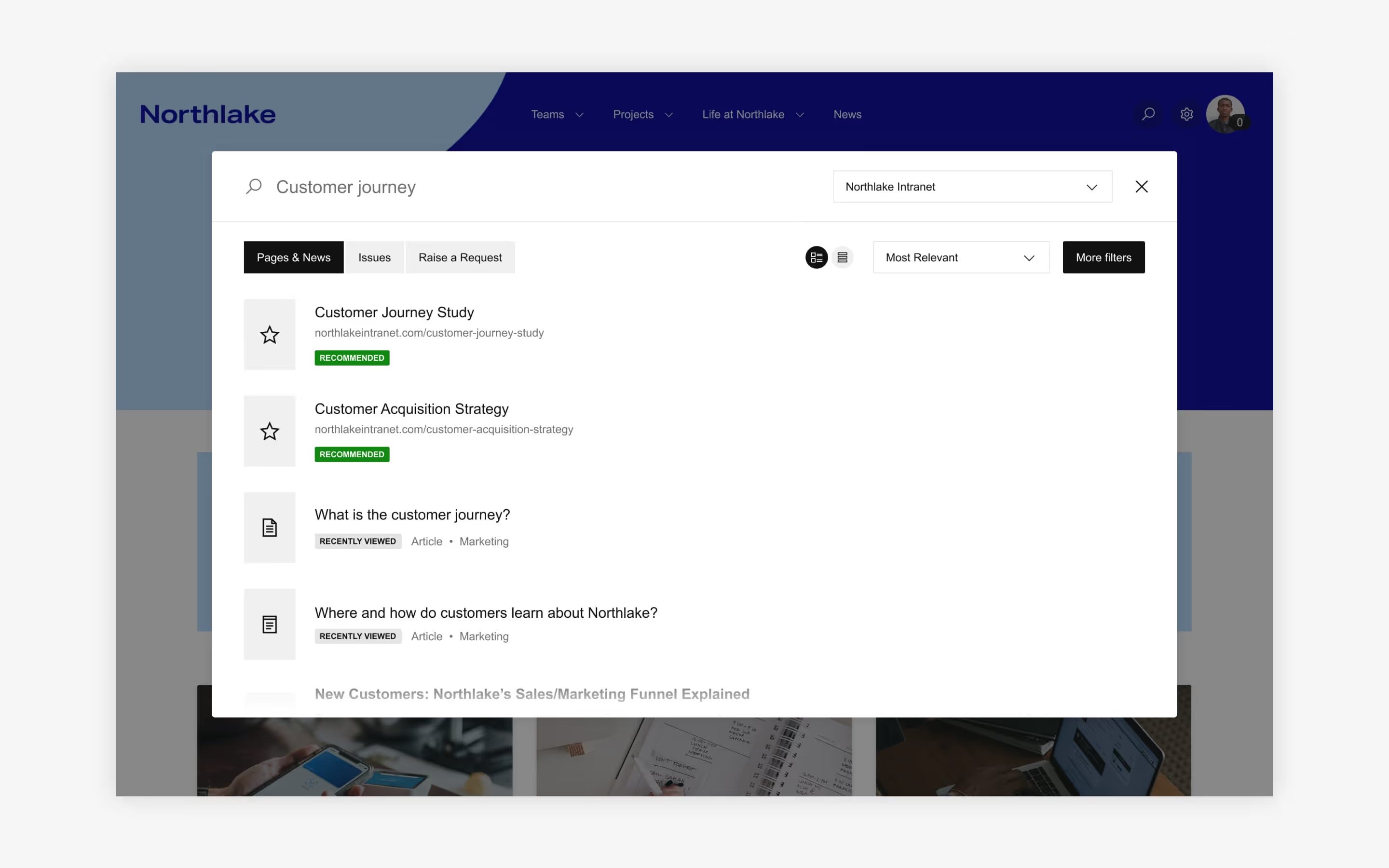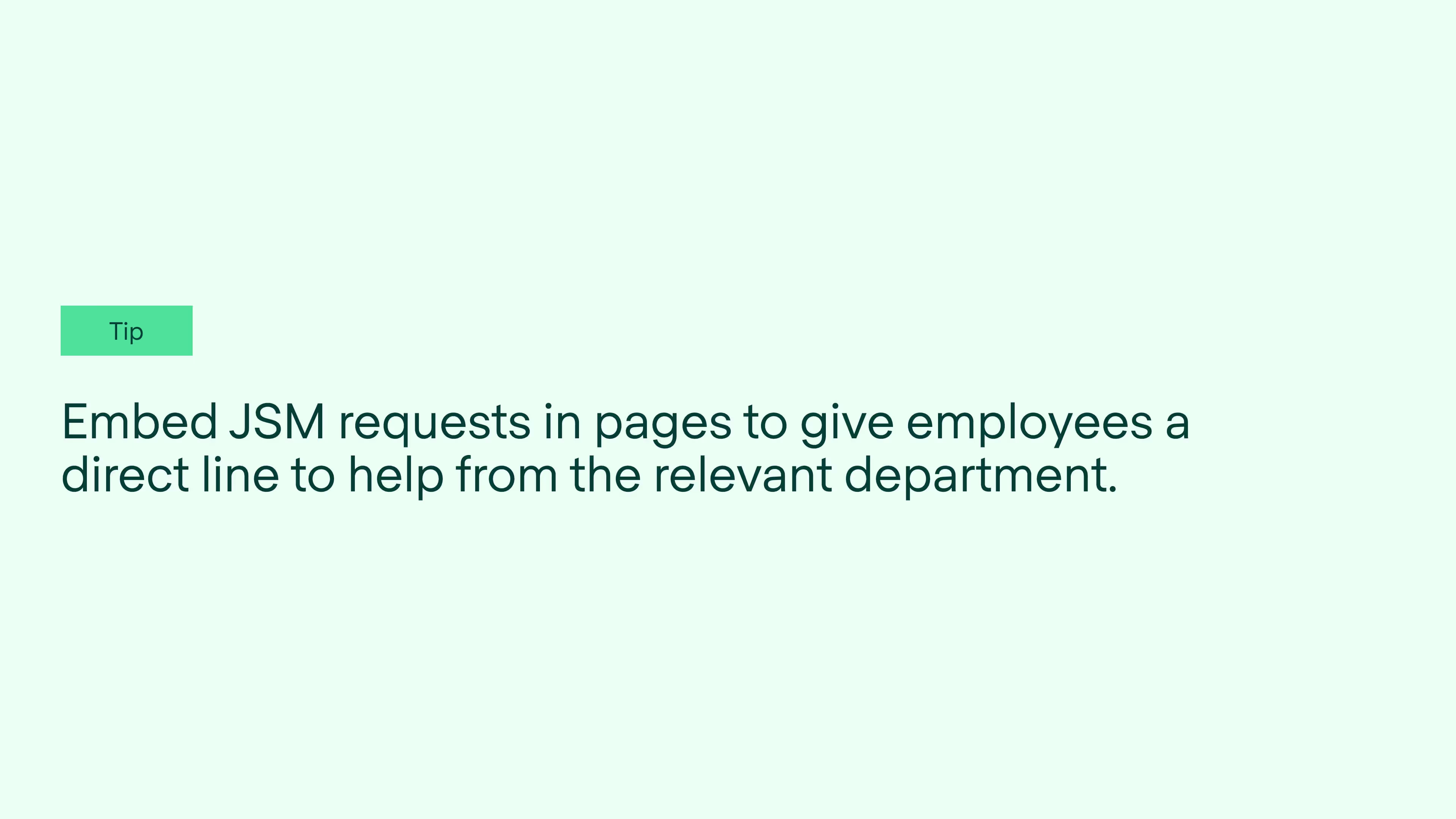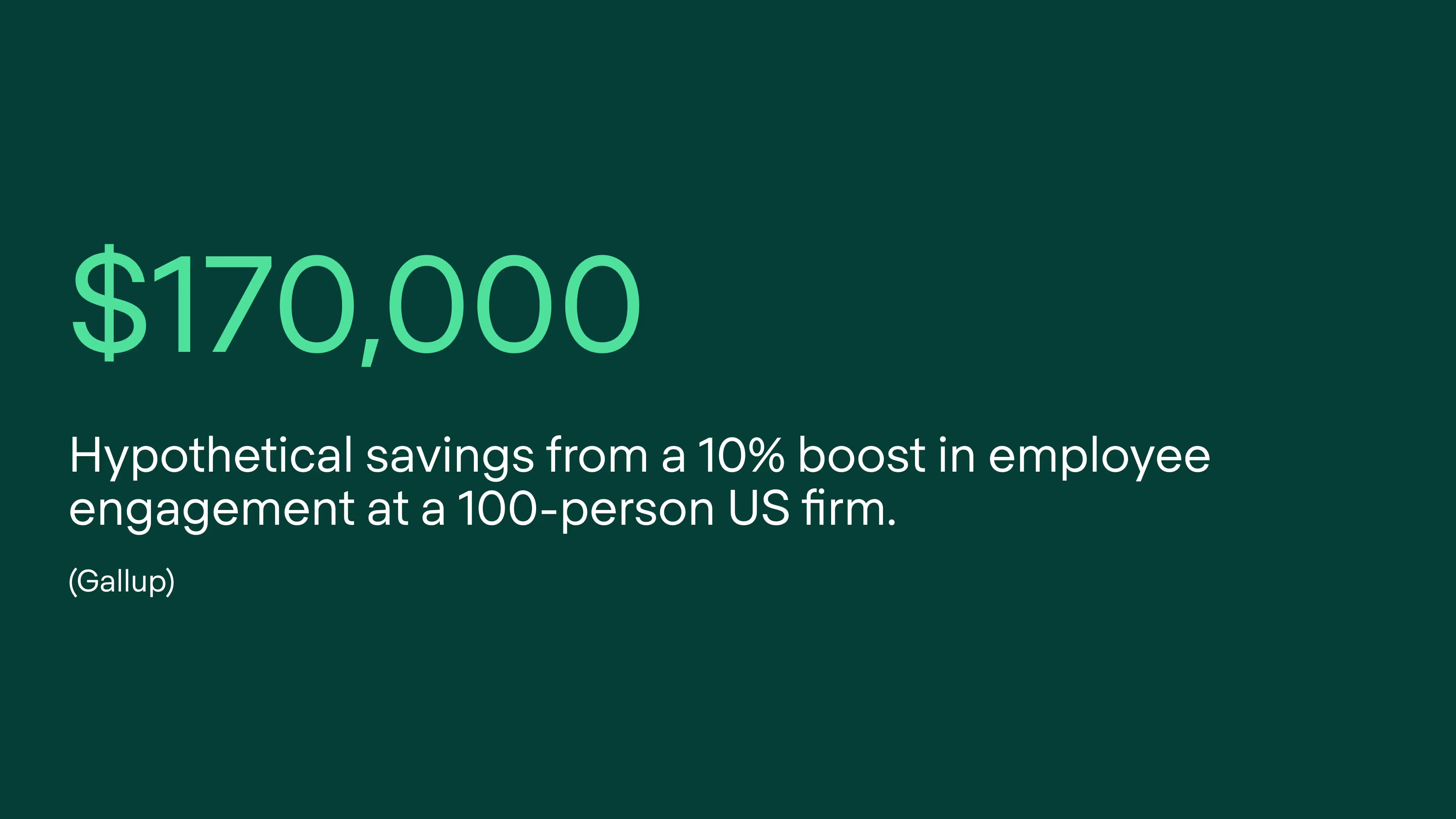How personalization is reshaping intranet experiences

Let’s start with the painful truth: Too often, intranets are a source of disdain for employees and managers alike. And for good reason — they’ve rubbed a lot of people the wrong way.
Intranets started out decades ago as a revolutionary way to centralize access to digital knowledge. But at too many organizations, they have devolved into graveyards of old and outdated documentation. The knowledge is there, but it’s hard to find, difficult to navigate, and delivered in tools that leave much to be desired compared to the websites and products that employees use outside of work.
It’s a shame, because organizations that miss the mark on their intranet stand to lose. Teamwork suffers. Knowledge goes unseen. Hours are lost searching for information. And costly enterprise software fails to deliver adequate ROI.
Yet, there’s a solution that promises to turn the tide of employee sentiment in favor of intranets at long last. Mirroring the personalization trends in consumer technology, companies are starting to tailor their intranets to individual user needs. After all, if 71% of consumers expect companies to deliver personalized interactions, why wouldn’t employees expect the same?
This blog will explore how personalization is transforming intranet design and the substantial promise it holds for connecting today's workforce, improving employee engagement and boosting productivity at all levels.
If 71% of consumers expect companies to deliver personalized interactions, why wouldn’t employees expect the same?
Key features of a personalized intranet
Since our inception in 2009, we’ve worked with more than 5,000 companies to transform their Atlassian Confluence instances into custom, branded intranets tailored to user needs. The best among them have these three traits in common:
1. It anticipates user needs
A personalized intranet knows what users need and serves it to them prominently. For example, it greets users with content relevant to their roles upon login. This prevents an overload of unnecessary information, which can detract from the intranet's usefulness and, ultimately, discourage adoption.
For example, the marketing team does not need to see engineering updates, nor does the engineering team need to sift through marketing campaign data. New employees need onboarding help; existing ones don’t. Leading HR teams take steps to deliver only relevant content to their various audiences, and use the tools at their disposal to design their intranets accordingly.

Confluence intranet managers can apply permissions on landing pages to highlight and contextualize relevant content for employees. View permissions can be applied to sections and rows containing a variety of modules, so that employee groups see only what you want them to see.

2. It makes information more accessible
Few things are as frustrating as not finding what you need, and this is especially true when using an intranet. Just as a cluttered kitchen makes it difficult to locate the right spices and utensils, a cluttered intranet can hinder employees from finding essential information. A well-designed intranet simplifies access to resources.
If team members must endlessly navigate through links or outdated documents or lengthy page trees, the intranet fails to add value. Consider a new employee struggling to locate onboarding materials in a confusing interface—this not only delays their integration but also negatively impacts their first impression of the company.

One effective solution is to enhance the Confluence search experience with Refined Sites by organizing search results into distinct visual categories for clarity and actionability. You can also create more search points throughout landing pages on your intranet, empowering users to effortlessly locate the information they need no matter where they are in the system.

3. It reflects your company culture and brand
Last but not least, a key feature of a personalized intranet is that it clearly reflects your company culture. This means it's aligned with elements like your brand’s aesthetic and tone of voice.
For example, consider a company like Patagonia, known for its commitment to sustainability and outdoor lifestyle. Their intranet could feature earthy tones and nature-inspired backgrounds that echo their public website and marketing materials, alongside informal and passionate language that speaks directly to their environmentally conscious ethos.
Refined Sites enables you to tailor the look and feel of your Confluence intranet to align with your organization's identity. By customizing themes with your choice of colors, backgrounds, and other design elements, you can create an intranet that not only facilitates collaboration but also vividly embodies your company culture.
This cohesion ensures that employees feel a part of something larger than their day-to-day tasks, reinforcing the company’s values with every interaction on the platform.

Site-building is easy. Learn how it’s done.
The impact of personalization on employee engagement and productivity
Now that we know what a personalized intranet looks like, let’s take a look at its impact on employee engagement and productivity.
Personalization improves employee engagement — and saves you money
According to Gallup, an actively disengaged employee costs their organization up to 34 percent of their annual salary. We also know that a personalized intranet can improve employee engagement.
Now, picture this scenario.
You lead a small business that employs around 100 people. Based on Gallup’s survey of US workers in 2023, which states that only 33% of employees are engaged, we can calculate that around 67 of those 100 employees are disengaged and complacent in their work, and that the average salary of those employees is $50,000. That means your employee complacency is costing you $1,139,000 a year.
Imagine, as a result of personalizing your intranet, you conservatively bump up employee engagement by 10 percent, which means only 57 employees are now disengaged. You just saved $170,000 a year.

Personalization improves productivity — and also saves you money
According to a report by McKinsey, knowledge workers spend up to 19% of their time (roughly 1.6 hours a day) searching for and gathering information, which is hardly surprising given that 49% of all respondents in a Nintex survey reported trouble locating documents.
By providing direct access to relevant information, personalized intranets cut through the clutter, enabling employees to find exactly what they need, fast. The result is a notable boost in productivity, as employees spend less time searching for information and more time leveraging it.
Imagine, as a result of personalizing your intranet, you manage to conservatively reclaim 0.5 hour per employee. Assuming that your business employs around 1,000 people with an average hourly salary of $50, you just saved up to $25,000 a day.
Final thoughts
Personalized intranets are not just beneficial—they're crucial for supercharging employee engagement in the increasingly remote and hybrid landscapes of modern work. By tailoring digital workspaces to meet each individual's distinct needs and preferences, organizations can bridge the physical gaps of today’s work environments, knitting together dispersed teams into a cohesive, vibrant community.
We urge organizations to see personalized intranets as the foundation of their broader digital workplace and employee engagement strategies. By prioritizing personalization, companies can unleash the full potential of their workforce, fueling innovation and securing sustained growth in a fiercely competitive arena.
Ready to revolutionize your company intranet? Try Refined Sites for Confluence from the Atlassian Marketplace for free now.
Keep reading:
Transform Confluence with Refined Sites
Read more about



Try Refined free for 30 days
























